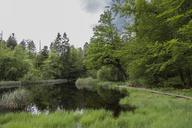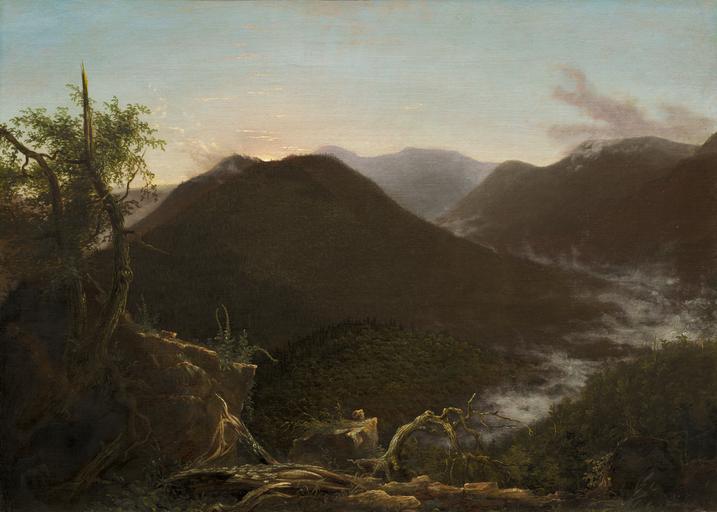Introduction
Photography is often seen as a mere tool for catching moments, however for numerous, it's a much deeper type of expression and consideration. This short article functions as A Beginner's Guide to Contemplative Photography Practices, checking out how one can transform the art of photography into a meditative experience. We'll delve into various ideas such as Art Photography, Aesthetic Self-Portrait Photography, and much more. By the end of this guide, you'll not just comprehend what contemplative photography is but likewise how to integrate it into your day-to-day life.
What is Contemplative Photography?
Contemplative photography invites you to connect deeply https://innovationsphere800.bravesites.com/entries/general/Framing-the-Perfect-Shot-Essential-Tips-for-Fine-Art-Photography with the world around you. But exactly what does that suggest?
Defining Contemplative Photography
At its core, contemplative photography is about slowing down and observing your environments without presumptions or interruptions. It motivates mindfulness and welcomes you to document your experiences in an authentic way.
The Function of Mindfulness in Photography
Mindfulness plays an important role in contemplative photography. It's about existing in the minute and discovering the information that are frequently neglected. When you practice mindfulness while shooting, you're not simply taking images; you're developing meaningful narratives.
Why Practice Mindfulness?
- Enhances focus Reduces stress Promotes creativity
Connection In between Consideration and Art
Art has actually constantly had to do with expedition and expression. The act of considering your subject permits a richer understanding and connection to your art form.
The Essence of Visual Self-Portrait Photography
Self-Portrait Photography surpasses just snapping a picture of oneself; it embodies self-exploration and individual narrative.
Understanding Self-Portrait Photography Meaning
Self-Portrait Photography can be defined as capturing one's image through the lens. But it's more than that; it's an intimate exploration of identity.
Exploring Identity Through Self-Portraits
- What do you want to convey? How does your environment affect your self-perception?
Faceless Self-Portraits: Privacy and Interpretation
Faceless self-portraits add another layer by eliminating identity markers, permitting viewers to forecast their analyses onto the image.
Why Pick Faceless Self-Portraits?
Faceless self-portraits open conversations about identity, vulnerability, and shared human experiences.
The Appeal of Fine Art Self-Portrait Photography
Fine Art Photography elevates images into creative expressions rather than mere representations.
Creating Fine Art Self-Portrait Photography
Creating art self-portraits includes mindful planning, structure, and emotional depth.
Elements of Art Self-Portraits:
Composition Lighting Emotional resonanceUsing Aesthetic Photos to Print for Home Decor
Transforming your fine art self-portraits into prints can boost your home while acting as pointers of individual journeys.
Exploring Quiet Images Aesthetic
Quiet Images Visual includes peace, privacy, and introspection captured through the lens.

How to Record Quiet Minutes Effectively
Focus on minimalism by decreasing mess in your frame; often less truly is more!
Tips for Catching Peaceful Photos:
Use natural light. Embrace negative space. Look for serene landscapes or still life compositions.Vintage Visual Photography: Fond Memories Meets Contemplation
Vintage aesthetic photography take advantage of fond memories, stimulating sensations tied to past memories while promoting contemplation.
Techniques for Achieving Classic Aesthetics
Experiment with color grading methods or use retro filters throughout post-processing.
Key Qualities:
- Muted colors Grainy textures Soft focus
Empowering Through Reflective Practices
Photography can be empowering when approached from a reflective viewpoint-- encouraging personal growth through creative expression.
Building Confidence through Self-Portraiture
Self-Portraiture makes it possible for individuals to explore their identities and stories confidently.
Steps to Empower Yourself Through Photography:
Set intents before shooting. Reflect on your images afterward. Share your work within supportive communities.How To Take part in Contemplative Practices While Shooting
Engaging in contemplative practices while shooting requires intention and awareness.
Step-by-Step Guide on Engaging in Reflection During Your Shoot:
Prepare mentally before heading out. Observe without judgment. Capture what resonates with you emotionally. Reflect on each photograph after shooting.Creating A Personal Ritual Around Your Work
Establishing routines can deepen your relationship with photography-- an essential element of reflective practices.

Ideas for Individual Routines Include:
- Setting aside time weekly for shoots. Journaling ideas before or after catching images.
Incorporating Nature Into Your Photographic Journey
Nature provides endless appeal and serenity-- ideal settings for contemplative practices.

Benefits of Outside Shooting:
Connection with nature promotes mindfulness. Natural light improves aesthetic appeals significantly.Finding Inspiration Through Literature and Philosophy
Reading literature or philosophical texts associated with observation can enhance your photographic practice profoundly.
Books Worth Checking out:
- "Electronic camera Lucida" by Roland Barthes "On Looking" by Alexandra Horowitz
Participating in Online Communities & Workshops
Engage with others who share similar interests through online forums or workshops concentrated on photographic practices!
** Types of Neighborhoods You Can Join:
Social media groups (Facebook/Instagram) Local meetups Online classesFrequently Asked Questions
Here are some typical concerns related to contemplative photography:
What equipment do I require for contemplative photography?- You do not need pricey equipment! Start with any camera readily available-- your mobile phone works fantastic too!
- Begin by concentrating on deep breathing before shooting; permit yourself time simply to observe easily without pressure!
3. * Can I apply these techniques in other kinds of art? **
- Absolutely! The concepts behind reflection apply across different mediums-- painting, writing, music-- you call it!
4. * What's the importance of reflections after shooting? **
- Reflecting helps identify emotional responses which lead towards much better understanding yourself as an artist over time!
5. * How does one keep inspiration continuously? **
- Setting goals alongside developing neighborhood connections cultivates continuous inspiration throughout creative journeys!
6. * Is there space for experimentation within this practice?-- Definitely! Exploration boosts creativity-- don't avoid trying new things regularly!
Conclusion
In summary, this guide lays out vital insights into accepting mindful approaches towards photography through contemplation-- a transformative journey waits for those ready to dive deep! By incorporating these practices into everyday life-- from visual self-portraiture endeavors down-to-earth quiet minutes recorded outdoors-- the possibilities are boundless! So get that video camera (and even just a pen) today-- and begin recording not simply images however feelings too!